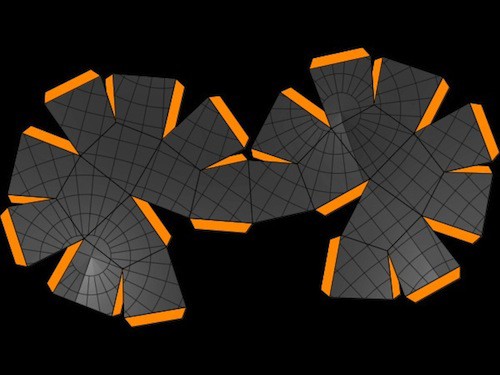Author: rostasi
Input-Output lurk least hazards
1986
1964
1961
1903
Buddhagayamano
Since the days when I was a single-digit midget, I’ve utilized number systems for sundry creative works – not obligatorily in terms of mathematical constructs, but rather as simple decision-making relational elements. Visual, audible, textual, and conceptual works – all under the influence of numbers utilizing some form of “desultoriness as springboard” ethos.
So, while sitting in a hotel room in Linz, Austria, I suddenly came across a series of categorical, electronically engendered numbers that worked, as intended, as a transposition of a passive conceptual event-structure (a duration of unknown length intentionally used solely to generate ideas) to an active one. This event (which, incidentally, happened just 9 minutes into what would’ve been John Cage’s 97th birthday on September 5) coupled with my perpetual desire to offload sundry elements of interest has thrust me into the clear parallel of repurposing my website from static biography-predicated to a dynamic one. A consequential, often unseen, issue for me deals with time cognation (as alluded to in my comments earlier) that will be a component of this website not only in subject matter, but in the actual non-linear publishing chronology of these posts. The system that I’m utilizing (under the form of this incipient active event-structure) yields postings that will not be from linear structured timelines: ergo the past will suddenly arise now, while the future will be indited at any time.
Brandhorst
My friend Mark Polscher introduced me to a new museum in München that opened in May.
The Museum Brandhorst is in the Kunstareal – close to the Alte and Neue Pinakothek museums as well as the Pinakothek der Moderne – and is near the university district. It’s a two-story structure that features 36,000 vertical ceramic louvres in 23 different coloured glazes. Except for one room, all of the inside galleries have white walls and Danish oak flooring for a neutral look. There’s an abundance of Warhol and Twombly and a selection of Beuys, Nauman, Richter, Hirst, a.o.
futurelab
The Futurelab presents a research and development laboratory that combines the experimental and analytic aspects associated with a scientific-based workplace with the creative, art-based locale of an atelier. This kind of setup encourages a working discipline that involves artists, technologists, designers, sociologists, and many other fields of endeavor that continue to nourish the synergistic relationship that these various fields require in order to encourage new ways of thinking. The video below, created to show the diversity of the Futurelab, is from last year – before the move to their new larger and futuristic present location where creative ideas have even more possibilities of realization.
(thanks to onurson)
DISSOCIATING MODULATOR
Osman Khan & Kim Beck bring Grahamesque minimal sculpture with more than a hint of consumerist culture to the city park with their installation when laughter trips at the threshold of the divine.
(thanks to Khan & Beck)
undetectable two-step lucifer
default to public: tweetscreen, created by Jens Wunderling, is an installation that shows tweets, which have been written near its own physical location, on a large projection screen. The twitter users, whose tweets have been chosen, receive a reply message, along with a photo taken by a webcam, saying that their tweet has been shown “in public” – at times causing great consternation.
(thanks to Jens Wunderling)
Branching Morphogenesis
Made from 75,000 interconnected cable zip-ties, Branching Morphogenesis simulates the predicted network generated by human lung cells as they interact with an extracellular matrix in three-dimensional space and time. Designed by Jenny Sabin, this installation allows visitors to walk through a giant three-dimensional “datascape,” encapsulating the way in which human endothelial cells interact with their surrounding extracellular matrix, a type of connective tissue.
IRAQ WAR ENDS
On November 12 of last year there was a combination of elation and confusion spreading across the faces of those folks who picked up what they thought was that day’s New York Times.
Front page headline: IRAQ WAR ENDS
On closer inspection, you could see that it was dated July 4, 2009.
Steve Lambert, Andy Bichlbaum of The Yes Men, along with 30 writers, 50 advisors, and about
1000 volunteer distributors contributed to 14 pages of news for the hopeful that projected
an ideal world scenario almost 8 months in the future.
This project won the Award of Distinction in the Hybrid Art category.
Steve Lambert speaks on how the project came together.
Before you watch this, visit Steve‘s site – he’s a good guy.
(praise to The Yes Men)
max neuhaus: medium into the domain
In the late ’60’s, I was introduced to the artistry of Max Neuhaus through one of his most well-known recordings called Electronics & Percussion: Five Realizations. On that LP, he created masterful versions, as a percussionist, of works by Morton Feldman, Earle Brown, Karlheinz Stockhausen,
John Cage and Sylvano Bussotti.
When he died in February, we lost not only a fine percussionist, but a pioneer of sound art
(though this was a term that he eschewed), public art, and sound installation.
(thanks to the Max Neuhaus estate)
TRISTAN und ISOLDEring iron
There’s a wonderful, beautiful simplicity in the ideas that unfold to create the works of Tristan Perich. He gave me a copy of his most recent assemblage – 1-Bit Music – which consists of a standard CD jewel case (with the tray removed) and an internally attached electronic circuit. You listen by simply plugging a set of headphones into a jack that is already attached to the side of the jewel case. The sound is from the most minimal of digital audio sources – a single bit of audio – thereby presenting a clean interface that complements the most basic circuit-based sound output.
He’s taken his love of 1-bit electronics a step further by incorporating them into compositions for various ensembles and soloists. Active Field is for ten violins and ten-channel 1-bit music. Here’s an excerpt from a performance that I attended.
(thanks to ramsy2)
HUMAN NATURE³
Dissent House (Honest disuse)
There are few good representations of the wonderful exhibition See This Sound online: a 15 second video of Tony Conrad‘s wonderful performance opening, hastily put together short videos – one being a private one – very few good still photos, etc. This is due mostly to the “no recordings” rule put in place which is a real shame because this had to have been one of the best curated exhibitions of sound art of the last century that I’d ever seen or even read about. After three and a half hours inside, I was just about ready to take my shoes off and enter La Monte Young & Marian Zazeela‘s “Dreamhouse” when it became clear that the museum would soon be closing. The next day, I continued exploring for at least another 3 hours. It would seem to me that the curators would want to present some kind of video presentation of honor by featuring some selected excerpts of what could be experienced here, but it appears that the experience can only be approximated by reading from the current batch of 3 books currently in print – over 1000 pages – related to this extraordinary exhibit. In future posts, I hope to speak more about the various artists, their works and styles that were featured here.
Six photos – the last four kindly provided by the folks at Linz09.
DIGITAL DEATH RITUAL FOR THE INFORMATION AGE
Mission Eternity (M∞) is a project for extending the memories, electronically, of those who have left this mortal coil thru the use of what the folks at etoy refer to as Arcanum Capsules. These capsules contain digital fragments of a person’s life: visual, audio, and text – as much as possible – that define that particular person’s existence. The Capsules have to be set up before the death of the person – known as a M∞ Pilot after their death – thru a consultation with an etoy “agent.” The capsules are then given a specific, unique 16 digit alphanumeric identifier. The hosting of this information is achieved thru a network of M∞ Angels who provide a part of their digital storage space on their desktops and/or mobile devices to keep the content electronically alive. At death, the encapsulation process begins with the upload of the file’s info at the M∞ Gate which uploades the file names and distributes/publishes the data online. The file now has a new scrambled name which consists of the original 16 digit ID plus an added 32 digit attachment which is supposed to provide the utmost security from overwriting and provides an element of eletro-consecration. As for the physical remains, there is something known as a Terminus which is a cube-shaped plug that has molded the deceased one’s ashes with cement. During an elaborate ritual, the Terminus is installed in a Sarcophagus, which is a cargo container outfitted with 17,000 LEDs that displays the Arcanum Capsule contents of up to 1000 humans who have died. This is a sculpture that acts a bridge connecting human memory and electrical impulses with mortal remains functioning as a final resting place.
saw a shrink
A comforting cocoon of plastic that seems to convey an idea of human adaptation or is it of commodity – akin to our earlier topic on GenPets? Lawrence Malstaf explores his own scientific investigation that borders on fantasy ritual in this performance of Shrink at the Brucknerhaus.
(thanks to ramsy2)
priXeminars
Hustle and bustle before one of the seminars:
Prix Forum: Digital Communities winner:
Julian Assange (spelled incorrectly on the video) from WikiLeaks:
(thanks to Ars Electronica)
sew watt
Three projects from Leah Buechley:
• Interactive Wallpaper: a mixture of art, craft, and electronics which allows you
to interact with what we commonly know as a static surface.
• Computational Sketchbook: The idea here is paper-based electronic configuration
in the form of sketches. Instead of using a machine to etch circuits,
what would boards look like if they were easily drawn instead.
• LilyPad Arduino: A kit that enables users to assemble their own electronic textiles (“e-textiles”)
using electronic modules and a spool of conductive thread that is sewn directly into the fabric
thereby allowing connections between the various electronic elements.
LIFE WRITER
An old-fashioned typewriter is transformed by Christa Sommer & Laurent Mignonneau thru computer interface into a machine that creates the appearance of artificial life. The “paper” is a projection from above. As you type, each key first produces letters but they almost immediately transform into small lifeforms that scurry about the page. They are naturally in search of a food source which happens to be within the next line of text that you type. They eat and reproduce and the offspring search for letters too. There appeared to be a direct connection at times with certain creatures and a particular letter. You could type a whole string of “e’s”, for instance, and some of the creatures would avoid them. If I remember correctly, if a creature was born out of a certain letter, it appeared to avoid it later, thereby avoiding any kind of cannibalistic urge. All of the typewriter mechanics appear to be in place. You could scroll the “page” in order to shove the creatures off the far end or you could scroll towards you and the roller would just eat them up en masse. Writing text on Life Writer is watching your ideas scampering, evolving, regenerating, and sometimes, falling off the edge.
(thanks to itaú cultural)
DRINK.PEE.DRINK.PEE.DRINK.PEE
Britta Riley and Rebecca Bray (Britta & Rebecca) reconsider urine as a rich source of nutrients instead of a waste product with their project drink.pee.drink.pee.drink.pee. Not in the sense of urine therapy or as in the Hindu practice of Shivambu Kalpa, but as a urine-to-fertilizer transformation that removes the elements that are toxic to our waterways.
Participants begin by peeing in a jar and returning it to the desk. While your urine is going thru the necessary reaction, you are informed of what actually happens after you flush your home toilet. Not only do you realize that all of the world’s urine is creating harmful algae blooms, but you’re reminded too of the ever increasing number of people who are sold the pharmaceutical line that pills will cure your ills and that all of those chemicals have to go somewhere…and where they go, and ultimately stay, is inside our planet’s closed, cycling water system. Soon after the talk, you’re presented with a container of houseplant-ready fertilizer made from your urine.
100沢尻エリカ
For millenia, outward appearance has often been a choice of how one wants to be perceived.
For the past dozen or so years, it’s been double-duty for those increasing number of people who’ve chosen a virtual presence. Noriyuki Tanaka‘s deceptively simple 100 Erikas explores the connection between personality and appearance from the outside looking in where emotions and perceptions are built upon not only facial features, but the ideas of the other that resides in physical self-transformation, body manipulation, and social hierarchy. The artist could’ve taken this idea to extreme levels – having 100 pedestals with a push button nearby that could tap into a random sampling of hundred different voices matching the transformed features that we see in the photos – but these photos are there to engage us in a dialogue with ourselves about our prejudice or our impartiality to what we see expressed on their surface. An added element is the use of the 20-year-old Japanese media star Erika Sawajiri as the model – creating a much different mindset amongst Japanese viewers than would be created, say, in Austria where the photo below (of 50 Erikas) was taken.
un indicateur traduction de glissement
neubau
(thanks to onurson)
earthstar
David Haines & Joyce Hinterding‘s EarthStar emphasizes the sun’s elemental and mythic qualities. Spectacular footage of the solar chromo-sphere merges with virtual aroma compositions that smell ozonic. Building a bridge between these two elements, the radio bursts emitted by the sun provide a real-time soundtrack. Based on scientific facts, this exploration of electromagnetic and vibrational energy of the sun offers an intense, poetically charged experience for all of the senses.
(thanks to David Haines & Joyce Hinterding)
cello shots
Joe Diebes‘ short film, Scherzo, was awarded Honorary Mention in the Digital Musics and Sound Art category this year. The installation version is presented as an open duration work using a computer algorithm that grabs various energetically played cello excerpts (performed by Rubin Kodheli) taken from 10 different camera angles and outputs them in an exhilarating (or manic if you choose)
stream of visual fast cut editing.
(thanks to Joe Diebes)
A MERGING JAM
Drama in fünf Anrufbeantwortern
Ist es ein Hörspiel oder Rauminstallation?
There are five answering machines on separate tables with chairs and imagined scenes.
Secret messages concerning various nefarious plots amidst a fictitious government dictatorship
can be heard coming from each of the five stations.
This is Helmut Mittermaier‘s work
: am Dienstag um neun sind die Erdbeeren reif.
(thanks to Helmut Mittermaier)
Relative Realities
Volkmar Klien‘s installation, Relative Realities presents a video screen
as pendulum bob and window, tracing beautiful, fleeting video elements in invisible space.
The first video below shows it in action and the second is more explanatory.
(thanks to Volkmar Klien)
AN OPERA FOR 100 SMART RABBITS
One hundred Nabaztags on stage with colorful blinking lights, choreographed ear movements,
and wi-fi transmitted composition could have come off as stomach-churning cuteness,
but actually, there were moments when Nabaz’mob – “an opera for 100 smart rabbits” –
was a bit creepy and unsettling, but only for just a bit. Most of the performance was a real showpiece
for the creative choreographic and compositional work of Antoine Schmitt & Jean-Jacques Birgé
who later thanked the audience by tossing carrots to us.
(thanks to our bunny friends)
Innen nach Außen
Room Bits Manœuvre
Lawrence Malstaf has created, with his Nemo Observatorium, a circular chamber of PVC and five fans in which a spectator can sit in the eye of a storm – a storm of swirling styrofoam beads that actually produces a calming, almost meditative, effect. Your ears listen to the swoosh and your eyes pick out patterns within the eddying mass of white. You’d think that the styrofoam would get all in your eyes and hair, but he has positioned the fans at just the proper angles and speed in order to avoid the chance of it blowing bits around randomly. You really are the lone observer untouched by the surrounding chaos.
(thanks to Lawrence Malstaf)
Human nature²
bios [Bible]
Like a monk in a scriptorium, an industrial robot draws calligraphic lines with high precision on rolls of paper that, after 7 months, will yield a completely transcribed bible. This installation emphasizes scripture as the elementary function for two cultural systems of religion and science.
(thanks to dnstartsev)
In the Line of Sight
Light installation with 100 computer-controlled flashlights by Daniel Sauter & Fabian Winkler.
sound chaser and the prepared turntable
Two works by Yuri Suzuki:
Sound Chaser is a train-style record player.
Users connect the chipped pieces of records together to make new tracks.
The record bits are from cheap records bought at flea markets and used record shops.
(thanks to ejectthis)
This Prepared Turntable has 5 individually controllable tone arms each with faders.
(thanks to ejectthis)
rain music line and parade
The installation Rain Dance consists of falling streams of water modulated by audio signals.
Paul DeMarinis uses water to make familiar musical melodies audible
as a composition of drops and sound vibrations.
The umbrella becomes a resonant body for sound worlds made of fine streams of water.
(thanks to ejectthis)
Right down the street from the Miles Basie club…
Taxilink
The TaxiLink Project is an interactive installation that enables users to experience an authentic distant taxi ride. Sitting in the TaxiLink booth, the passengers join a live ride in and around the city of Jerusalem, experiencing personal interaction with a taxi driver screened through a rear view mirror.
(thanks to Lila & Alon Chitayat)
human nature
bones of contention
Speaking of hybrid forms: Shen Shaomin (whose Chinese website seems to have disappeared) has fabricated his own “natural” world of rather unnatural creatures which tug at our desire to see them as actual wondrous remnants of the past. Their mock prehistoric presentation using actual ossified bones and bone meal is at odds with what looks like an evolution that should never have happened – one that actually never did happen. It brings us around again to genetic modifications.
BOUNDARIES HAVE BEEN ERODED
Since the 1985 ruling by the US Patent and Trademark Office that genetically engineered plants, seeds and plant tissue could be patented, we’ve seen an enormous, but disturbing growth of modified agriculture crops. Privatization and commodification of nature contributing, ultimately, to an unnatural inurement that we can expect to continue in subsequent generations – unless we reach a stage where enough people have had enough when presented with something like a bio-engineered pet.
Genpets are here to help you reconsider.
Datum Attracts Antioxidant
Ryoji Ikeda and Carsten Nicolai (as Alva Noto) were featured in two separate performances on the same stage at the Brucknerhaus. Nicolai’s unitxt (derivative version) was followed by Ikeda’s datamatics [ver. 2.0]. There were no recordings allowed, but three nights earlier during the Deep Space Nightline Art Cinema event – just a short walk away – inside the Ars Electronica Center you could be treated to Ikeda’s data.tron performance/installation.
(thanks to salomaonunes)
(thanks to Ramsy Gsenger)
collinear “house of god” comeback
My friend Hermann-Christoph Müller introduced me to a wonderful museum in Köln. Kolumba is the art museum of the Archdiocese of Cologne. The architecture combines the ruins of the late Gothic church St. Kolumba, the chapel Madonna in the Ruins (1950), a unique archaeological excavation (1973-1976), and a new building designed by the Swiss architect Peter Zumthor.
In one of the rooms, they had a Rube Goldberg-esque construction that produced all kinds of sounds with balls rolling around and dropping down on trays, etc. Known as Marble Maze, it’s creator – Manos Tsangaris – referred to it as a “three-dimensional automatic musical machine as a model of perception.” The best part wasn’t sitting in the chair in the middle and being surrounded by these sounds; it was the fact that being an old church redone as an art museum, there was a large amount of natural reverb inside – especially the last room in the exhibition which had the highest walls – and you could hear the mechanics of this installation gradually blur into a sound mass as you walked away from it while exploring the outer areas of the museum. Sounds would fade in and out and overlap – no distinct beginnings or endings – which made it beautifully contemplative. I sat in this last room for half an hour. Audio of the walk-through can be heard below.
cornea recitals
The Ars Electronica Center, in Linz, reflecting on the Danube.
More than 5000 m² of outer glass utilizing 40,000 high-powered LEDs.
The side of the Lentos Kunstmuseum.
Notice the museum’s name etched in the glass.
A view from a hotel window, after a light rain, of The Hauptplatz – the original market square surrounded by handsome Baroque buildings. It forms the center of the old town. On the eastern side of the square stands the 17th C. Rathaus and opposite it, in the middle of the square, the Trinity Column (Dreifaltigkeitssäule), a 20m/66ft high column of Untersberg marble erected in 1723 in gratitude for the town’s preservation from plague and Turkish attack.

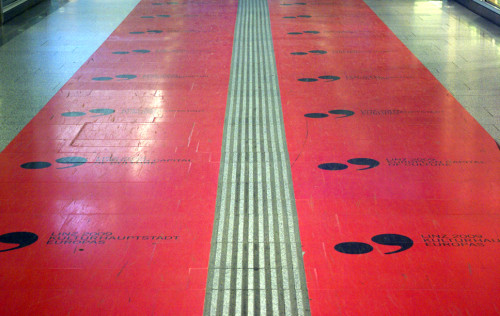






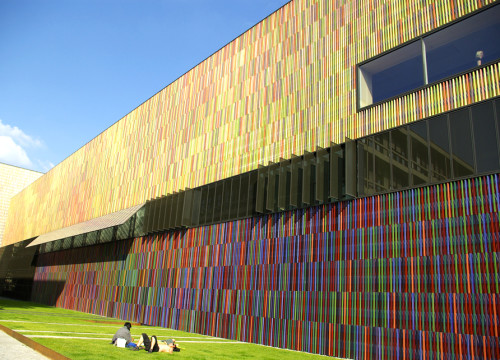

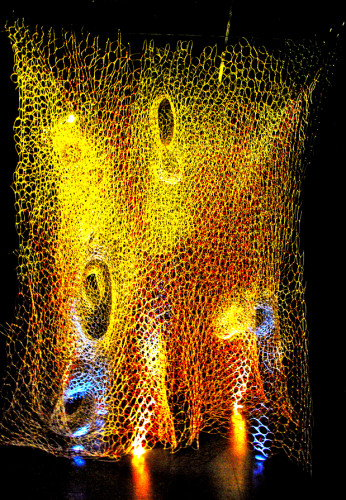


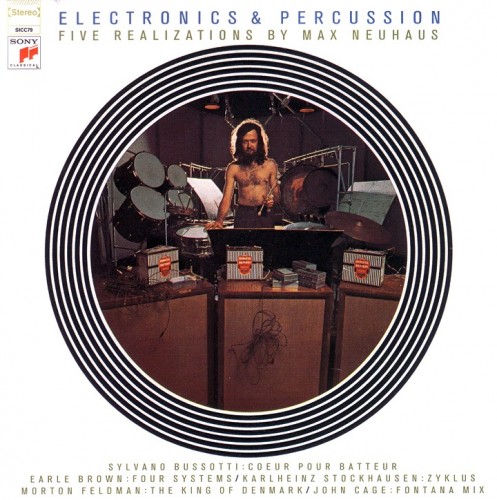

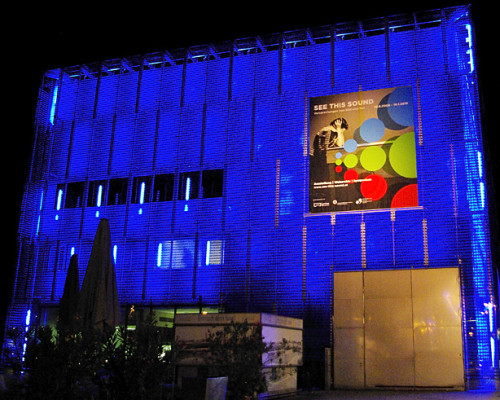
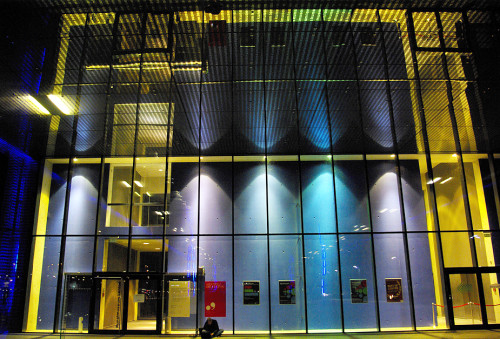
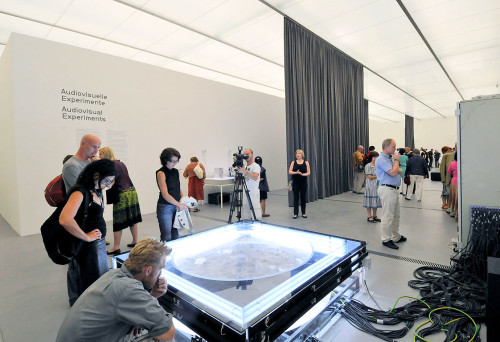
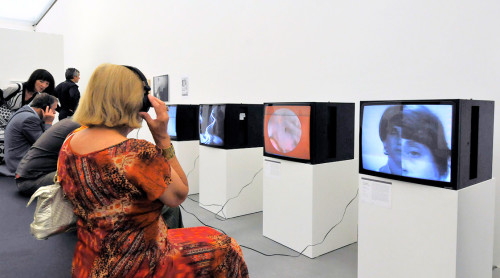


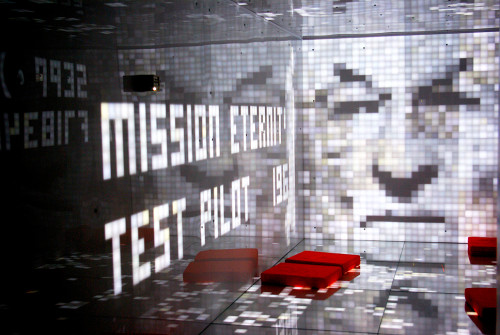
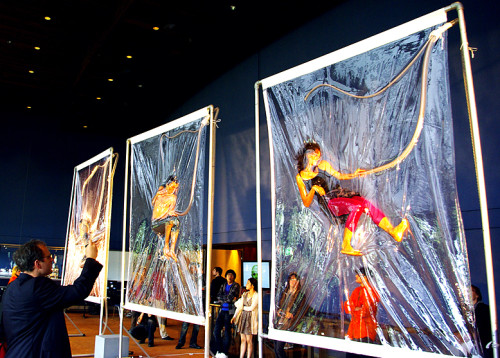
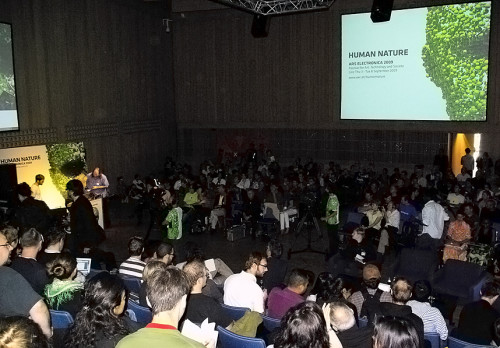




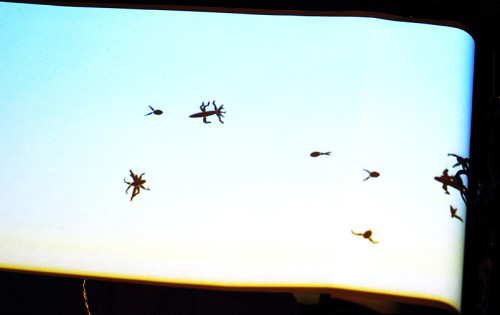
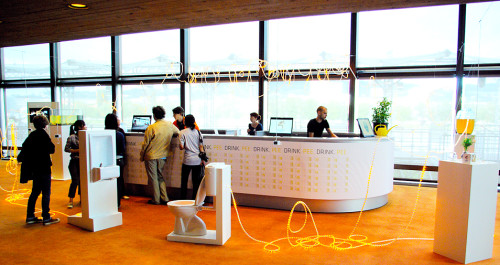
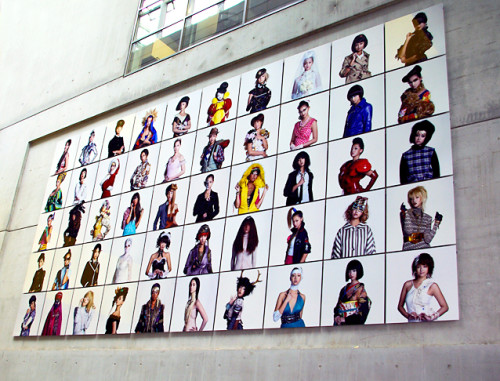

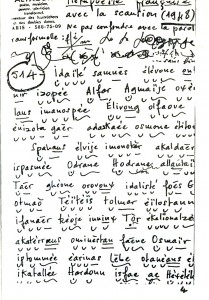
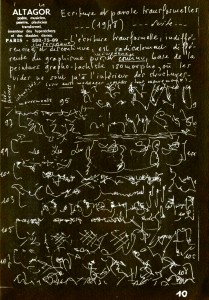
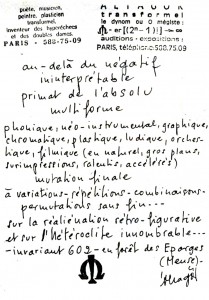


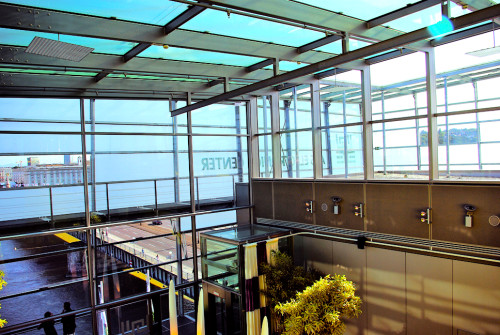

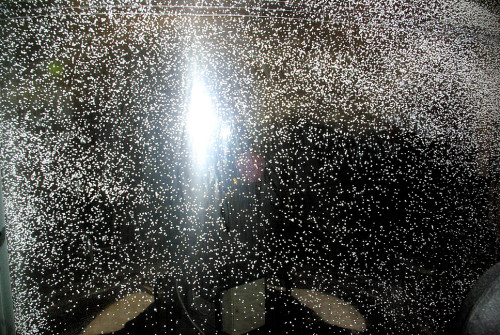

![]L qK gruntle](https://stasick.org/wp-content/uploads/2009/09/L-qK-gruntle-500x301.jpg)
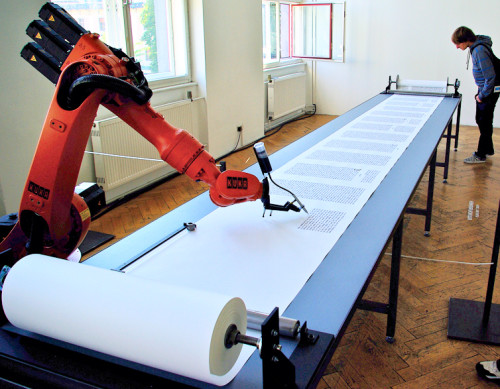
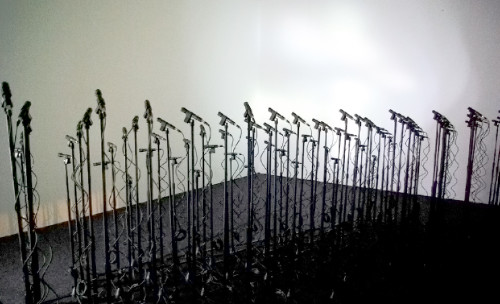

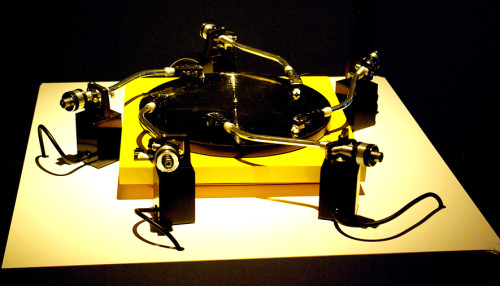
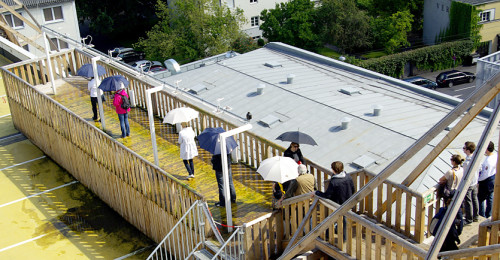

![∑]ƒ·ƒ··‡qp·‡ª·±|∑]](https://stasick.org/wp-content/uploads/2011/06/∑ƒ·ƒ··‡qp·‡ª·±∑-500x353.jpg)





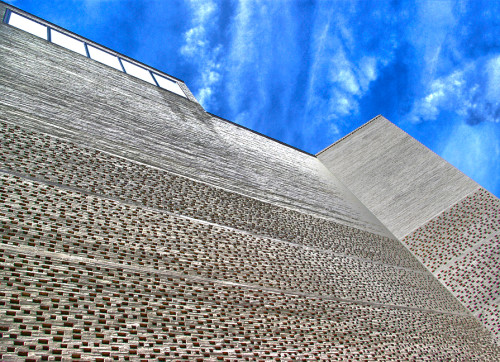
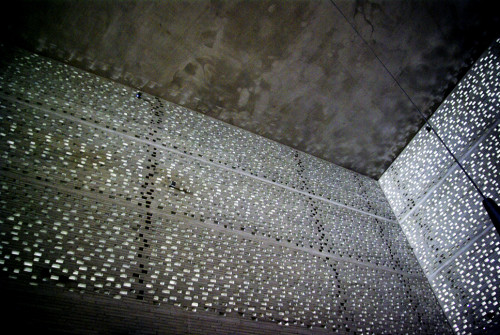
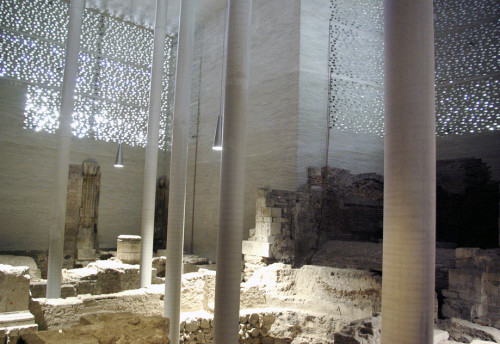

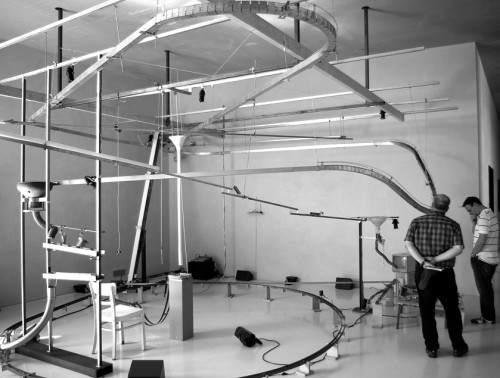
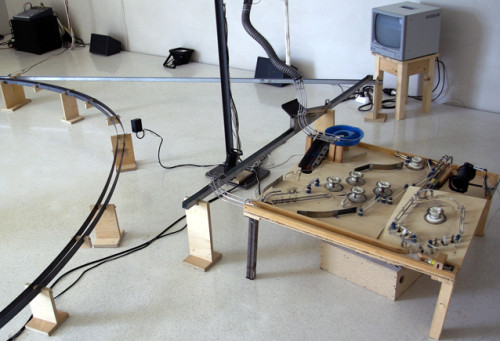
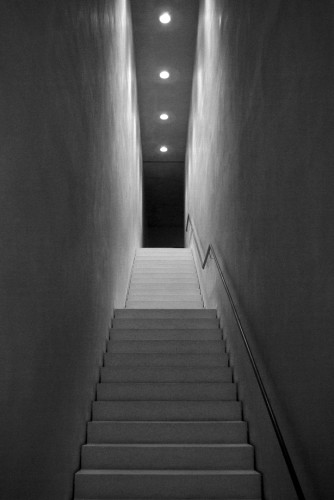




![ª·t¯t¯∑]u¯±|ª·|o¬·∑]](https://stasick.org/wp-content/uploads/2009/09/ª·t¯t¯∑u¯±ª·o¬·∑.jpg)

